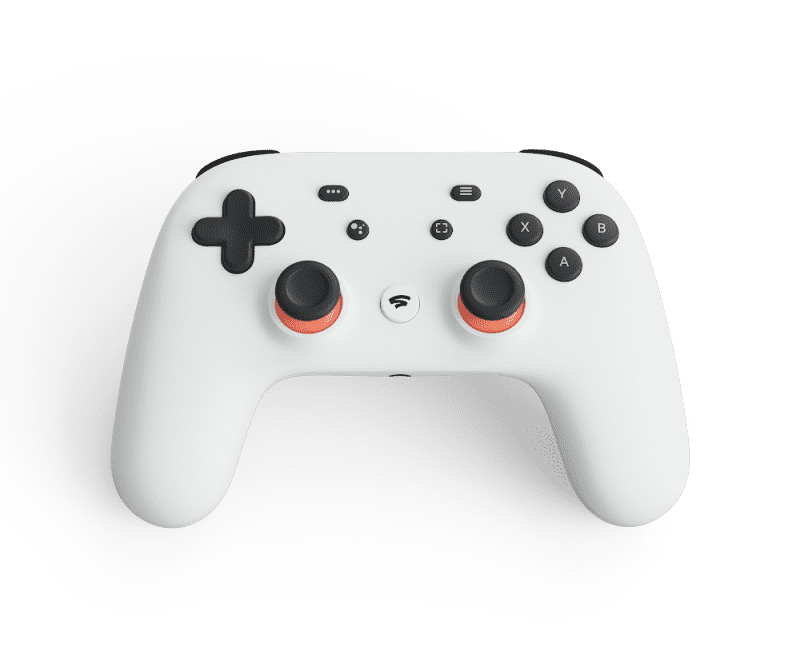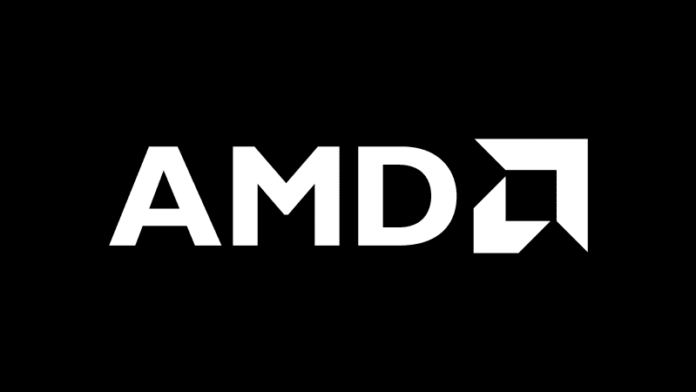AMD has announced that its cloud-optimized Radeon datacenter GPUs will power Google’s Stadia game streaming platform, which Google unveiled a few days ago at the Game Developers Conference.
Stadia is a new video game platform, delivering instant access to games on any type of screen—whether it’s a TV, laptop, desktop, tablet or mobile phone. The goal is to make those games available in resolutions up to 4K and 60 frames per second with HDR and surround sound. Google will be launching later this year in select countries including the U.S., Canada, U.K. and much of Europe.  Streaming today’s most demanding titles from the cloud requires massive processing capabilities and advanced technologies to tackle unique datacenter challenges from security to scalability. Google has chosen AMD’s optimized datacenter GPUs – featuring fast, efficient HBM2 memory and critical datacenter features – for the platform. AMD is also supporting Google with its software development tools, including AMD Radeon GPU Profiler (RGP), and its Linux-based, open-source Vulkan driver to help game developers optimize future titles to run on the new GPU-powered platform.
Streaming today’s most demanding titles from the cloud requires massive processing capabilities and advanced technologies to tackle unique datacenter challenges from security to scalability. Google has chosen AMD’s optimized datacenter GPUs – featuring fast, efficient HBM2 memory and critical datacenter features – for the platform. AMD is also supporting Google with its software development tools, including AMD Radeon GPU Profiler (RGP), and its Linux-based, open-source Vulkan driver to help game developers optimize future titles to run on the new GPU-powered platform.
Custom AMD high-performance Radeon datacenter GPUs for Google Stadia include:
- Second-generation High-Bandwidth Memory (HBM2) to provide power savings in a compact footprint;
- Critical datacenter features such as Error Correcting Code (ECC)1 protection to help ensure data integrity;
- Fast, predictable performance with security features for cloud-based gaming, via the industry’s first hardware-based GPU virtualization solution built on industry standard SR-IOV (Single-Root I/O Virtualization) technology.
RGP lets developers visualize how their application utilizes the GPU and track each rendered frame in real-time, allowing for easy and efficient debugging and optimization through the interoperable RenderDoc debug software. When players use Stadia, they’ll be able to access their games at all times, and on virtually any screen. And developers will have access to nearly unlimited resources to create the games they’ve always dreamed of. It’s a powerful hardware stack combining server class GPU, CPU, memory, and storage, and with the power of Google’s data center infrastructure, Stadia can evolve as quickly as the imagination of game creators.
Follow us on Twitter for more news and updates.











